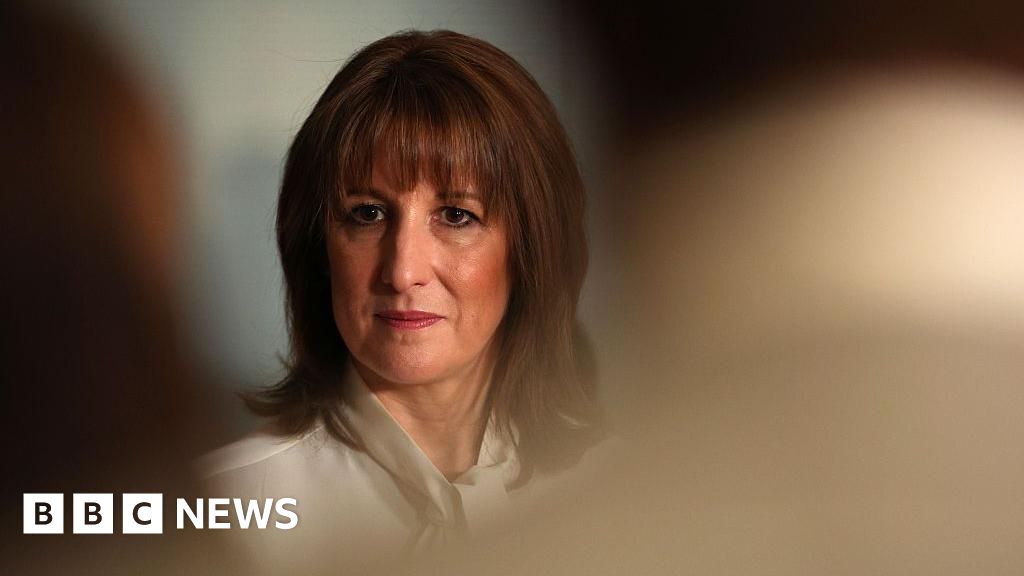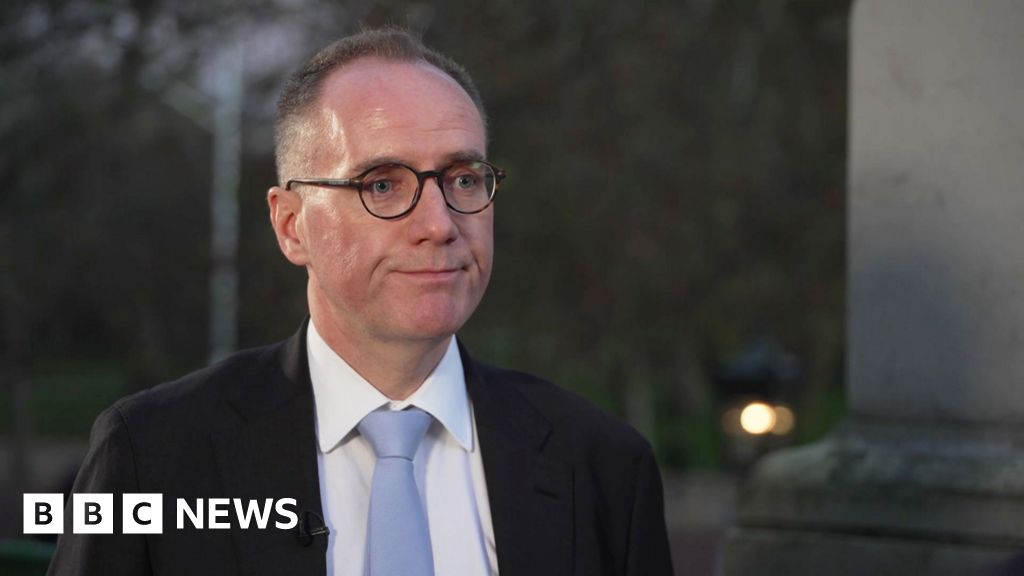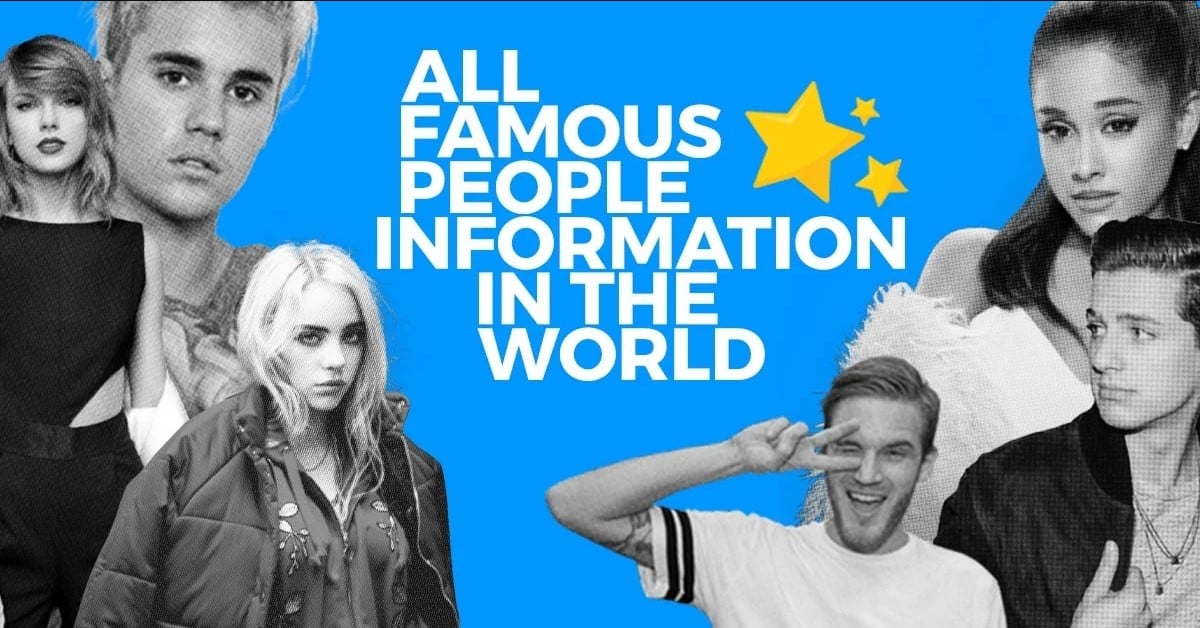Kathmandu Valley holds Nepal’s capital city and its largest traditional metropolitan region. It is known worldwide for its peace ethic, freedom of religion deeply entrenched in its new secular Constitution, 2015, and related ethnic and community multiculturalism (also entrenched in the Constitution). It has recently been in the news for youth protests that took down a government. Tensions between religion and secularism were more visible before the Constitution, 2015. The September 2025 movement does not appear to reflect those sorts of concerns. What, then, were its causes? We suggest the primary sources as: economic and resource politics combined with concerns with freedom of political expression and representation as well as free access to modern technologies in a complex traditional society with coexisting traditional and modern communities, social practices, and economies. That is, important youth concerns centered upon entry into the job market, resource politics, political expression and representation, as well as technology access in a society highly engaged in daily use of high-tech in the midst of longstanding (sometimes centuries old) and historically still-present economic and other traditions and practices.
Nepal, which has experienced democratic stability for more than a decade along with federal and republican constitution in 2015, has once again faced a violent youth protest last month – in September 2025. Those youths, aged between 13-27, who use social media almost ubiquitously, provided the breaking point that culminated in the breakdown and protests of September 8th and 9th in which government buildings, i.e., Parliament, President’s Office, Central Secretariat with the office of the Prime Minister, Supreme Court, etc., were set to light. On September 9th and 10th, the national airport in Kathmandu was shut down for at least 24 hours, and public life was abnormal due to the government-imposed curfew and mobility restrictions for the 11th, 12th and 13th of September. A week later, things seemed pretty well back to normal in local neighborhoods amid the periodic good-spirited nervous wonder. People seemed proud at the outcome of having achieved the ouster of the government, the dissolving of the parliament, and the nomination of a woman as Interim Prime Minister with a mandate to hold new election of parliament in March 2026.
The movement, which was announced against the government’s attempts to ban social media, responded to an inner story such that the government issued a notice asking social media companies to register within a week, stating that, to paraphrase, ‘we’re going to ban social media… we’ve only said we will regulate it.’ The day after the seven-day deadline to impose the regulation expired, the government shut down social media without even creating a law, as the Supreme Court of Nepal had instructed. The frustration of the youth eventually led some of them to question the political relevance of the top leaders at the center of power—Prime Minister KP Sharma Oli, Nepali Congress President Sher Bahadur Deuba, and Maoist Suprimo Pushpa Kamal Dahal. The youth, who were chanting slogans against political corruption, popularized a saying from the street and stated that if Prime Minister Oli and Congress President Deuba had even a little leadership ability, a little sensitivity toward the lives of common people, and the patience to listen and understand what others had to say, the youths wouldn’t have had to take to the streets on the 8th of September itself. Eventual demand of the street was pustantaran (generational transformation of political leadership) for better Nepal.
While Nepal maintains some minor (relative to many countries) social tensions across and within religions, it is notable for hosting many actively practicing formal and informal religions and local traditional, cultural, religious, and spiritual practices. According to Acharya, who reminds us of the dangers of religious nationalist movements inherent in the Hindu nationalist movement that is sometimes present in Nepal, Nepal maintains robustly secular principles of governance combined with strong principles of religious freedom (and many religious practices, p. 65). Religious practice is visible in society to a great degree simply by walking through neighborhoods everywhere in the near omnipresence of small and large shrines, stupas, vestries, and Temples. That is, it is not a national state that limits religious and cultural freedom or practice as found in some countries. Religious and cultural practices that fall within the law are strongly protected (that is, most world religions and many more localized cultural, religious, and spiritual practices). Forced conversion is not allowed, nor is encouraging someone to see his or her religion as illegitimate. Thus, missionary work is quite limited. But for citizens and local peoples following their own chosen religions, Nepal is a place of great religious freedom. Tensions, then, leading to the youth protests of September 8 and 9, 2025, did not appear to emerge from some of the normal sources that we might expect in other countries: religion or societal-cultural cleavages. Rather, it appeared to be related to resources and freedom of access to technologies. Likewise, it was a public statement of the free right of Nepali youth to express their political opinions – albeit crossing the line from non-violent protest in a way that resulted in police response.
The result of the youth protests has been the appointment of an Interim Prime Minister, a woman for the first time in Nepali history. The student protestors seem satisfied with the outcome thus far to the extent that the protests have ceased; and Kathmandu Valley has returned to relative and sustained quiet since the mid-September lifting of a valley-wide curfew. Walking through neighborhoods since that time, there is almost no sign of tensions. Some student and youth protest leaders intend to run for elections in March 2026, possibly forming a new political party to encapsulate the concerns of the youth movement for democracy, freedom of expression, and freedom of access to technology.
Geographically, nestled in the Himalayas and their foothills and situated approximately in the middle of the border between India and China, Nepal is skirted by the states of Sikkim, India, Darjeeling, West Bengal, India, and the Kingdom of Bhutan in the East; and by India, and further afield, Pakistan in the West. Nepal is famous for its influence on the peace-and-flowers aspects of the Hippie student movement in the West in the 1960s and 1970s; for Mount Everest and extreme hiking enthusiasts; for religious seekers; as a refuge for Tibetan Buddhism in the 20th century; in the mountains themselves, for the traditional annual salt pilgrimage and festival-market between Nepali and Tibetan peoples; and for being the birthplace of Gautam Buddha (called by most in the West, the Buddha).
Most notably observable upon first entry to the country is the cultural influence of both India and Tibet. Nepal appears as a melting pot of those and other cultural sources. These material cultural notes are seen most expressly in architecture, but also in cuisine, clothing, religions, and language. The rooftops of many of Nepal’s most famous Temples, be they Hindu, Buddhist, or otherwise, display Tibetan-type tiles and design elements. Available foods include many varieties of curries of all colors, and many flavors; as well as an abundance of Chinese foods, flavors, vegetables, and spices in everyday grocery stores and in restaurants. The Nehru collar is famously popular here, as are saris, cottons, silks, and the periodic (more Pakistani-influenced) kurtis (short tunic dresses worn with pants). Indeed, Nepal boasts the religious diversity that provides the foundation for such attire: multiple types of Hindu communities from city to more animist-influenced and syncretic rural communities; Buddhists of many types, some also influenced by age-old animist or shamanic practices, often in the more rural areas; Muslims with different practices including Hinduized ones like Churaute; Jains; and many smaller old traditional groups. Ethnic diversity is broad as there are growing numbers of ethnic communities being counted by every 10-year Census. And an old caste system based primarily upon traditional occupation still has some purchase. The Nepali language is influenced by Sanskrit, Urdu, and Hindi, and it appears to have some historical influence from Tibetan (from Bhote) language, among others. Yet, there is something uniquely Nepali about Nepal in this particular combination.
Religious nationalism exists with its concomitant risks for democracy. While resurgent in some forms, it may have been more important prior to the new, secular Constitution, 2015. Politicians may employ religion and religious ritual to support political messages. Thus, while Acharya suggests that a clash of civilizations exists in Nepal he argues that it, “is not necessarily a confrontation between major world religions but rather a competition for recognition and dominance among diverse religious communities within the nation” (p. 60-61); and it has most salience at the levels of local-level governance and grassroots dynamics (p. 59, 61-62).
The youth and student movement of September 2025 did not display dynamics of religious nationalism; rather, it was cross-religious, multi-ethnic, and it broadly crossed traditional community categories. It joined students and youth across these lines.
Economies of scale are notable. Nepal does not appear to seek a vastly expanding or inflation-oriented economy, however. Nepal has a very low (or even a negative) rate of inflation over the course of decades. The closer to traditional economy punctuated by technology appears to be comfortable for many people. It means that items cost less, and within that economic system it is fairly balanced. However, when moving from one national economy to another – i.e., infrastructure, nationally, etc. – issues may arise. For young students who are just starting out, it can be a stumbling block as they compare Nepal with other countries with different realities.
When looking at food costs, some grocery items cost what they did in the U.S. in the 1980s and 1990s. That is the up-side of a slow rate of inflation over time. Some other items, such as airfare, electronics, or industrial items, are on par with contemporary costs in the West, meaning a greater investment required for the individual relatively speaking. Immediately neighboring countries maintain similar economies, making movement across those borders easy.
Approximately 27.3% of Nepali people drive motorbikes to 3.1% who drive cars as of 2023. Bicycles seem to be the only sustainable urban transport system for Kathmandu’s weather as the temperature of the city is always between 7 to 31 Degrees Celsius; but there is almost no interest among youths to popularize it. Interestingly, Nepali society rates a cyclist as poor who cannot afford other means of communication. Almost every middle- or upper-income parent funds teenagers to buy fancy motorbikes so that kids may use them to go to school, colleges, and universities. As the road is full of motorcycles, the Nepali versions of Uber (i.e., Pathau, InDrive, Yango, etc., for both car and motorbike transportation taxis) provide a super-efficient mode of transportation for those without either. Just about everyone has a cell phone. And many people spend time between urban and rural lifestyles and locales. That is, Kathmandu has roots in the rural regions with families still present there. Kathmandu boasts significant numbers who maintain certain traditional or rural practices, as practical within the Kathmandu Valley. Kathmandu has large roads and many alley ways. That is, it still requires some degree of local knowledge to navigate it, although cell phones and map applications make it significantly easier than prior decades.
The wider population in town and city areas of Nepal, especially, is highly dependent upon internet applications for transportation, communication, commerce, and the like, possibly explaining the youth concern to the extent of making the protests seen in September. Thus, the micro- and grassroots levels of youth and the street in Nepal appear to have won the day. Internet is running full-swing and the banned applications are, again, available (since immediately after the protests). Without them, many people would have difficulty getting to work, communicating with family, and similar.
In close proximity to Kathmandu Valley, the Himalayas – and local practices far more traditional than those found in Kathmandu – are only a short drive due north from the center of the city (60 minutes), northeast (45 minutes), or northwest (45 minutes). The distance from one outside corner of the metropole to the nearest point in the Himalayas is hardly 15 kilometers. The country’s area is 147,516 km2 or 56,956 mi2. Beyond those nearby forest parklands and preserves, local villages still persist, self-consciously and assiduously, in many of the ways that they have for centuries. It is that cultural pluralism or cultural diversity – not only across ethnicity and religion but across practices reflecting tradition and modernity within each (e.g., cultural, economic, and social habits and habitus of tradition that reflect dimensions of both time and space as exercised in the current moment) – which Nepali state and society appear to seek to protect even while they move with the drives of technology and modern, secular governmental institutions. On these issues, state and society appear, for the most part, to be of like mind; so, there is commonality of purpose on some issues.
Opportunities may be created in other cities along with the new federal set up since 2015, but Kathmandu is still a concentrated area for modernity-aspirant youths. People here are refined, sturdy, strong, and proud of their cultural, linguistic, and religious diversity in the society. They are proud of the rugged Nepali heritage of the Himalayan Mountains, foothills, and agricultural valleys and plains. Most elder generations of the households still identify themselves as farmers with farming skills, but this skill is not found transferred to the new generations of many families. It is thus that a new generation has emerged within Nepali society having relatively little grounded knowledge and skill in traditional terms but a good imagination of an alternative, which is in some way similar to lifestyles of the Western World. One can clearly observe a digital divide in those generational settlements, and such inequality is strong in some cases between youth and older age groups. Within all of these social and economic factors in Nepali context, how to formulate or navigate economies of tradition and modernity remain questions for greater societal and governmental debate.
It is said that Kathmandu is recently converted to the most exciting place and ‘happening’ city for Nepal. In other words, it is the city that accommodates modernity and tradition, simultaneously. But whatever popular discourse is available in and around the city was created and popularized by relatively aged people, and it left hardly a place for youth to participate in creating or revisiting that discourse to create a new image of the city for their generation. Less participation of youth has been visible in the local context in two-fold: from the youth side, the apolitical or anti-political socialization of youth such that they were not interested in being politically involved, defaming ‘politics’ as a ‘dirty game’; and an alienating environment in institutional patterns relating to education and political freedoms, which acted to discourage youths from taking part in the public or political discourse, considering only people with experience and family legacy as efficient actors for the same.
Electing Balen Shah as the Mayor of Kathmandu Metropolitan city was to be considered as the first intervention by the youths in recent Nepali political history. Mayor Shah, a person who has been a part of the Nepalese hip-hop industry since 2012, was elected with more than 38 percent votes in the last local election, which was held in 2022. Even if he was already a 32-years old man, many considered Shah as the voice of Nepali youths. In the short span of three years of time, these youth with alienated feeling were able to change the regime of Nepal. The positive side is that the country is as normal, as before, after 4-5 days of violent activities and uncertainties. The Karki-led government has focused on elections; and almost all electoral actors, including those displaced political party leaders, are settling down their anxiety and anger. All mentioned are placing great hopes in the March 2026 elections, and that the secular, democratic Constitution of Nepal, 2015, will function in full manner for a socio-culturally exciting and politically stable Nepal.

 Movie
Movie 1 month ago
64
1 month ago
64 




![Presidents Day Weekend Car Sales [2021 Edition] Presidents Day Weekend Car Sales [2021 Edition]](https://www.findthebestcarprice.com/wp-content/uploads/Presidents-Day-Weekend-car-sales.jpg)




 English (United States)
English (United States)